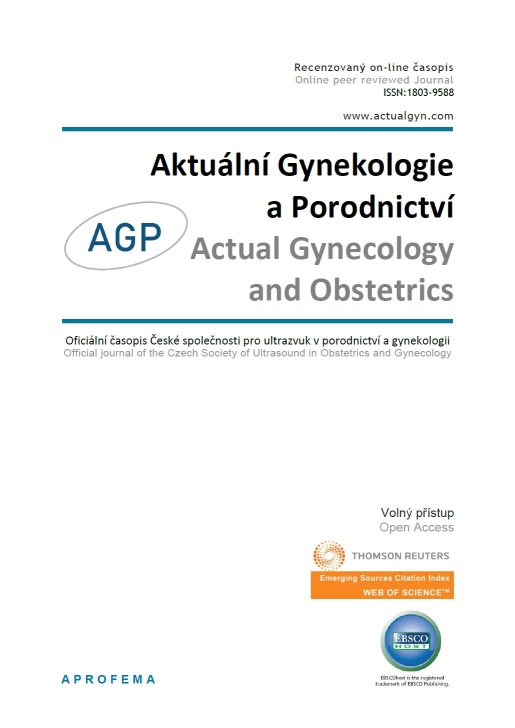











 Official publication of the Czech Society of Ultrasound in Obstetrics and Gynecology.
Official publication of the Czech Society of Ultrasound in Obstetrics and Gynecology.

The authors in a retrospective study analyzed 28 prenatal diagnosed cases of CDH fetuses. The aim of the study was to analyze the number of diagnosed cases of CDH fetuses for the given period compared to the number of births and terminations. They show how the location, defect size, the week of diagnosis, degree of hypoplasia of the pulmonary tissue, the result of the LHR (lung-to-head ratio) in fetuses with CDH influence the prognosis and survival rates of affected newborns. LHR is the ratio between the length and width of the hypoplastic lung to the periphery of the fetal head. They tried to establish the principles of management of pregnancy and the birth of fetuses with CDH, based on our analysis of clinical material collected between 2004 -2013. The worst prognosis fetuses were in diagnosed before 25th week of gestation, fetuses with liver lobe herniation into the thoracic cavity, fetuses with severe hypoplasia of the pulmonary parenchyma, fetuses with large diaphragmatic defects and low index LHR. The prognosis and survival of newborns in our study depended directly on the degree of pulmonary hypoplasia, the degree of persistent pulmonary hypertension, severity of associated birth defects and the success of neonatal intensive care in the prevention and treatment of pulmonary hypertension. Neonatal survival rate in our study was 21.43%.